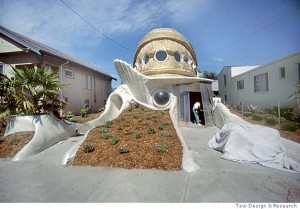Panax Ginseng is a monthly column by Henry W. Leung exploring the transgressions of linguistic and geographic borders in Asian American literature, especially those which result in hybrid genres, forms, vernaculars, and visions. The column title suggests the congenital borrowings of the English language, deriving from the Greek panax, meaning “all-heal,” and the Cantonese jansam, meaning “man-root.” The troubling image of one’s roots as a panacea will inform the column’s readings of new texts.
*

*
“The China Issue” of Cha: An Asian Literary Journal presents itself with an ambiguous title. It is the journal’s literary issue on China, but it might just as well be ‘the issue of China,’ i.e. the problem of it, a claim to authority and singularity; or simply ‘the issue of representing China,’ the question of it, the difficulty. ‘China’ as a thematic boundary is naturally complex for a journal based in Hong Kong—but virtually, over the internet—and presented in English. Most of this issue’s poems are translations from the Chinese, with the originals preserved; of these, few refer explicitly to or narrow themselves by locality—except where those locations become outside points of reference (i.e. Zang Di’s “History of Daffodils” referencing Fukushima, or Zhai Yongming’s “Climbing the Heights on the Double Ninth,” which is self-conscious about the literary tradition of hiking on a traditional occasion). Some of the poems written in English, however, announce their ‘Chineseness’ with archetypal localities, such as romanticized pastorals of farmland China, or romance recalled as manufacture in Sumana Roy’s “Love: Made in China,” or the two poems with Beijing in their titles.
Place is fascinating and troubling to define. Is place a city by name, by reference, or by index? Or a collocation of buildings and objects seen as an outsider might see them, or as an insider might? Within the spaces shaped by buildings are cultures and languages—both mainstream and marginal—and the subjectivity of people and their relationships to history and memory.
Appropriately, a few of the poems in this issue deal with houses and architecture. Continue reading “Panax Ginseng: Poems, Places, Habitations”